Over the past month I’ve been honored to have some of my favorite writers around the internet stopping by with guest posts, and this Sunday I have a special treat for Italy fans. Jessica Spiegel, the Italy expert at WhyGo Italy, will share some of her travel stories about two of her favorite places in Italy – Naples and Venice.
Welcome, Jessica!
____________________________
Of all the places I’ve visited in Italy so far, the one I talk about most often with the language of a lovesick teenager is Venice. I’m fairly convinced that I could easily – and happily – forget who I am in Venice, which is why I’m also convinced I should visit often but not live there.
When I finally visited Naples for the first time, then, I was surprised to find myself accidentally writing the word "Venice" instead of "Naples" when I sat down to collect my thoughts. Aside from both cities being within the borders of modern-day Italy and close to water, what could Venice and Naples possibly have in common that they’d be so easily confused in my brain? It took some philosophizing as I wandered the streets of Naples’ historic center to parse it out, but I think I managed to figure out what was going on.
Venice has never felt like "real" Italy to me, whatever "real" Italy means. It’s something out of a postcard that, by some weird rip in the space-time continuum, you get to walk around in. It’s not terribly difficult to get away from the tourist crowds that dominate certain parts of Venice, but there is still that feeling of urgency when you walk out of the train station into one of the most crowded areas in the city – that feeling that you need to escape as quickly as possible, to find that elusive quiet corner before you can properly enjoy the city.

Naples is completely on the other end of that spectrum. It feels intensely real – almost oppressively so. Although there are quieter places in Naples, the crowds you might be inclined to escape aren’t made up of tourists. And for me, escaping wasn’t on the agenda. I fell in love with the scenery in Naples, and the bustle of everyday life was very much a part of that scenery. The frenetic energy of even the historic center – gaggles of teenagers around the fried food take-out windows, shopkeepers good-naturedly hollering at one another, scooters and cars zipping past pedestrians within a hair’s breadth of arms and hips – isn’t necessarily calming, but it adds pretty vibrant colors and textures to the work of art that is Naples.
What, then, would cause my subconscious to confuse the words "Venice" and "Naples," when I’m well aware the two cities are so different?
Certainly part of the answer lies in the fact that by the time I began writing about my stay in Naples, I’d already fallen in love with the city in the similarly illogical way that I love Venice. But the conclusion I came to – as I realized I couldn’t stop taking photographs everywhere I went in Naples – was that it’s the beautiful decay of both cities that I find so intoxicating.
For all its polish and pomp, Venice is still a city crumbling into the water before our eyes. The marble on the Basilica San Marco gleams, and yet the floor inside undulates as the ground beneath it sinks. And when you get away from the well-trodden tourist paths in Venice, you find that much of the city isn’t quite so well polished as the basilica’s marble.
Naples takes this a step further, because Naples isn’t trying to lay out a red carpet for anyone. There’s a "take it or leave it" attitude, it seems, and no attempt made to put on airs. The streets are dirty, there is graffiti all over the place, buildings are often a faded version of their original color, and there’s a constant din of city noise. But unlike Venice, the decay in Naples doesn’t appear to be an indication of a city falling apart. On the contrary, those shops in the historic center, the ones that you enter through worn stone doorways, have been there for centuries. They just sell different stuff now.
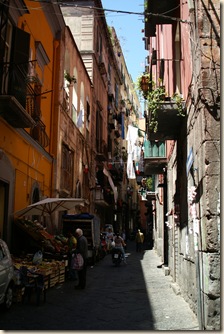
I’ll admit that neither Venice nor Naples is necessarily easy to love, although the challenges each presents to visitors are very different. But both cities offer handsome rewards to people who choose to overcome those challenges.
The reward for visitors in Venice is the real-life experience of postcard Italy; the kind of feeling you’ll pinch yourself about for years afterward. The reward for visitors in Naples is amplified Italian culture; a glimpse of the passion that keeps this crazy country moving forward while still embracing its past.
And both Venice and Naples are absolutely worth the effort.
About the Author:
Jessica Spiegel is the Italy expert at BootsnAll, and the woman behind BootsnAll’s Italy travel guide: WhyGo Italy. She’s happy to answer all kinds of Italy travel questions, from how to find cheap airfare to Italy to whether to buy an Italy rail pass to how to spend two weeks in Italy.
* All photos used in this post are © Jessica Spiegel and cannot be used without express permission.
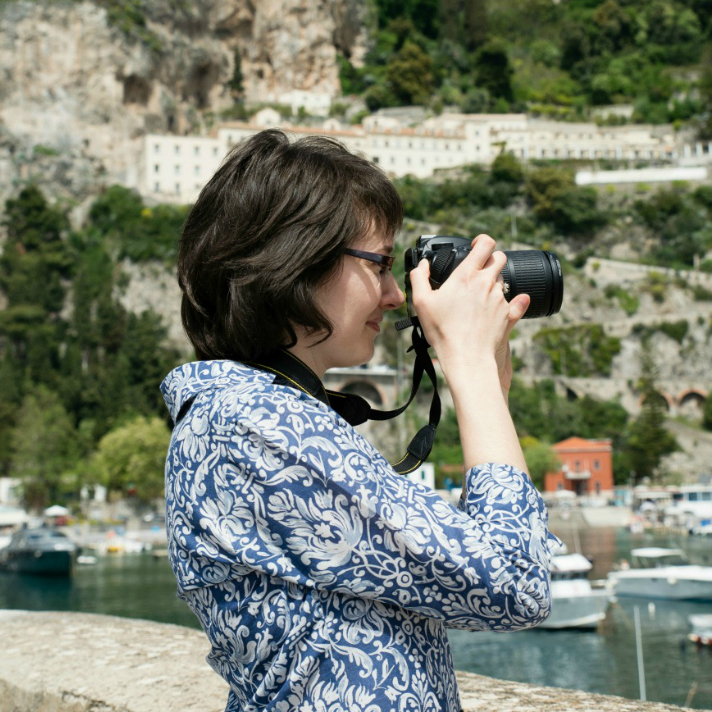
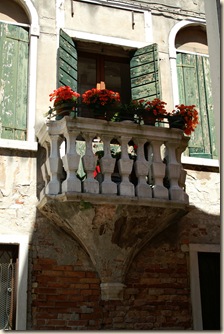
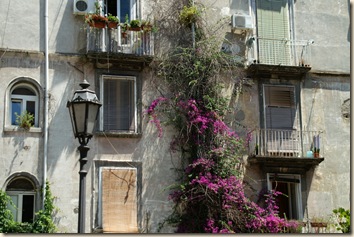
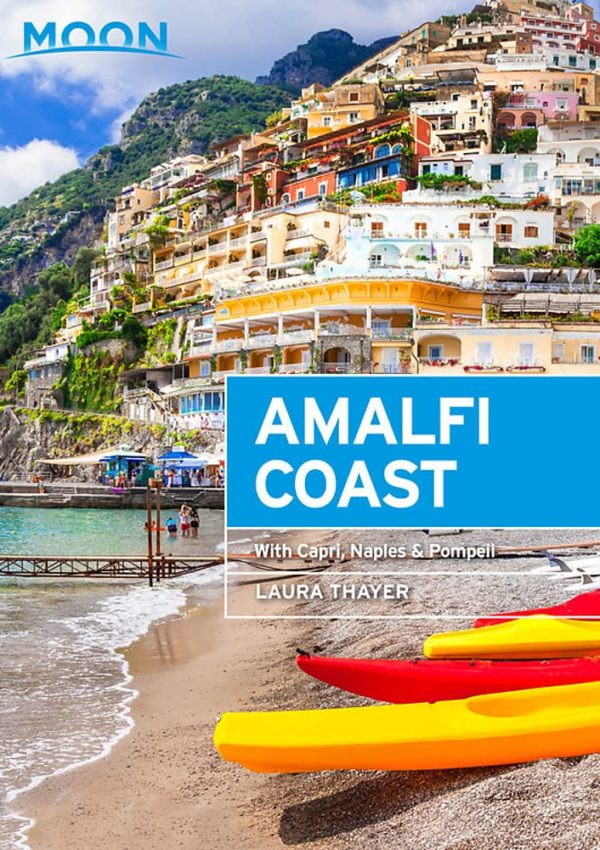
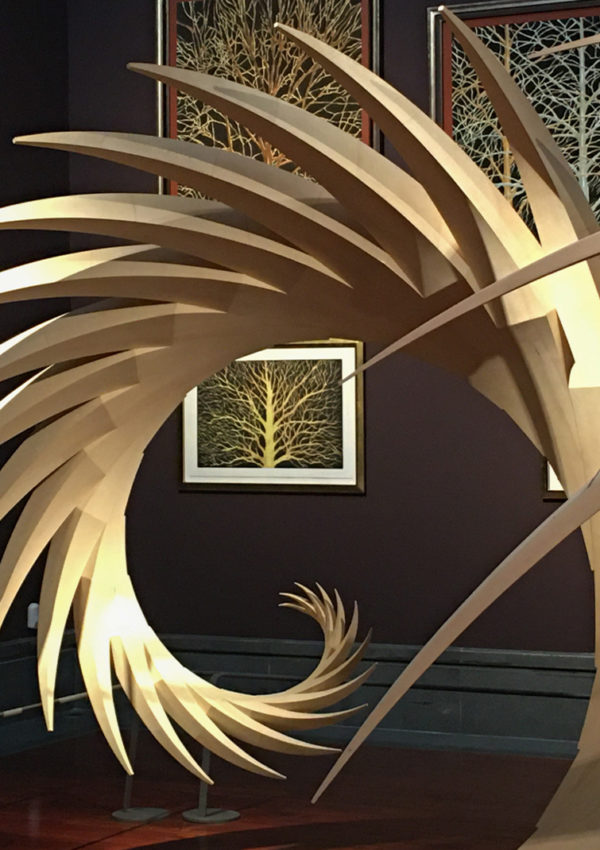
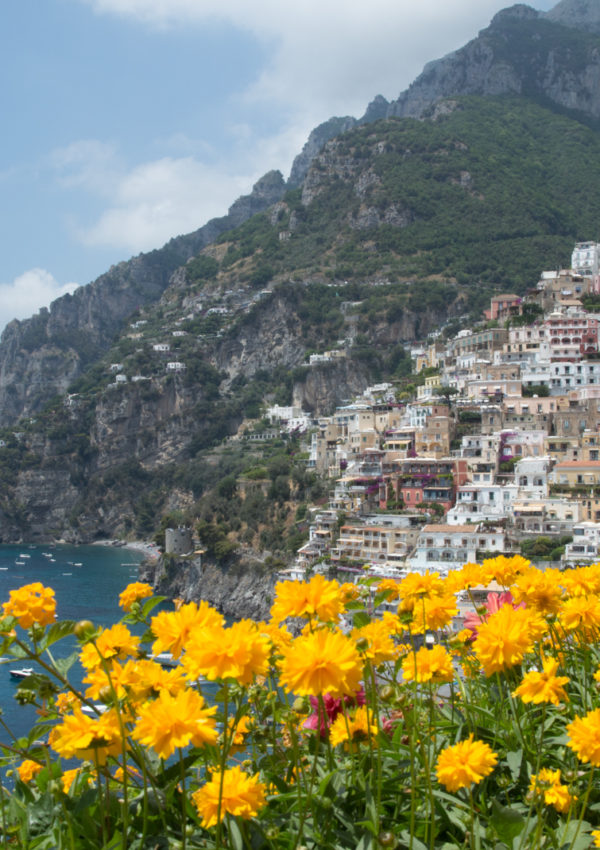

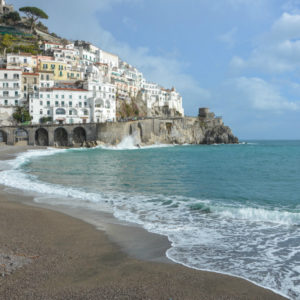
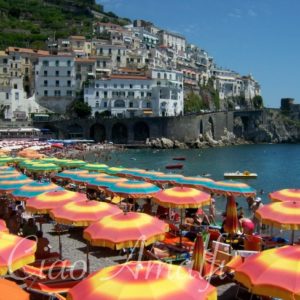
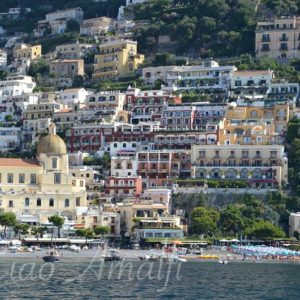
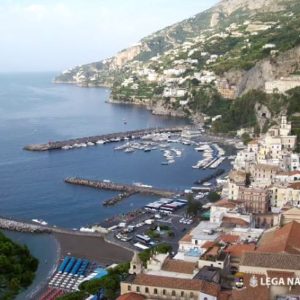

Thanks for the vivid descriptions of both cities, I can also hear Jessica's voice, having now listened to the podcasts!
Ciao LindyLouMac! Aren't those podcasts great?! Here's the website for anyone reading who hasn't heard about Eye on Italy yet: http://www.eyeonitaly.com/podcast/
Graze!